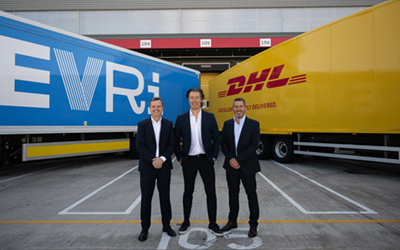A Guide to Types of Cargo Ships
Cargo ships are the backbone of global trade, responsible for moving goods between continents and ensuring the smooth flow of commodities around the world. In this article, we explore the different types of cargo ships, their purposes, and their specific roles in the international shipping industry. Whether it’s transporting oil, vehicles, or livestock, cargo ships are indispensable to global commerce.
Introduction to Cargo Ships
Cargo ships, also known as freighters, are designed to transport goods across oceans and seas. These vessels come in various shapes and sizes, each suited for different types of cargo. Their importance cannot be understated—over 90% of the world’s trade is carried by sea, making cargo ships essential for the global economy. Depending on the type of goods, companies choose different ship types to ensure the safe and efficient delivery of products.
History of Cargo Ships
The history of cargo ships stretches back millennia, evolving from simple wooden vessels to the massive steel giants that dominate today’s oceans. Early cargo ships, like those used by the Phoenicians, Greeks, and Romans, were powered by sails and oars, primarily transporting goods such as grain, wine, and ceramics.

The industrial revolution in the 19th century brought about significant changes, with steam engines replacing sails. By the 20th century, advancements in technology led to the development of larger and more specialised vessels capable of transporting diverse types of cargo, including bulk goods, containers, and chemicals.
Its ironic that in the 21st century we are working towards eco friendly shipping and talking about wind power again which is a classic case of history repeating itself.
Key Features of Cargo Ships
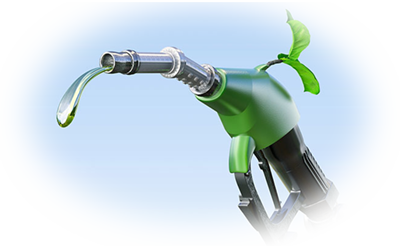 Cargo ships are equipped with several specialized features to handle different types of cargo efficiently. The design and capacity of a cargo ship vary greatly depending on its purpose. Some common features include large storage holds, cranes for loading and unloading, and reinforced hulls to withstand harsh sea conditions.
Cargo ships are equipped with several specialized features to handle different types of cargo efficiently. The design and capacity of a cargo ship vary greatly depending on its purpose. Some common features include large storage holds, cranes for loading and unloading, and reinforced hulls to withstand harsh sea conditions.
The overall size of the ship, measured in deadweight tonnage (DWT), also determines how much cargo it can carry. Additionally, modern cargo ships use advanced navigational systems, automated machinery, and eco-friendly technology to improve efficiency and reduce environmental impact.
Bulk Carriers
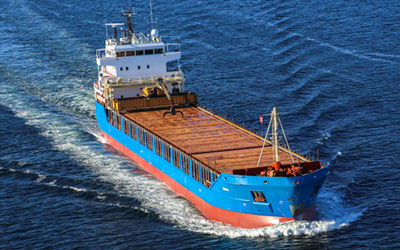 Bulk carriers are specialised ships designed to transport large quantities of unpackaged goods, such as coal, grain, and iron ore. These ships are characterised by their large open holds and minimal on-deck structures, making it easier to load and unload bulk materials. There are several types of bulk carriers, including:
Bulk carriers are specialised ships designed to transport large quantities of unpackaged goods, such as coal, grain, and iron ore. These ships are characterised by their large open holds and minimal on-deck structures, making it easier to load and unload bulk materials. There are several types of bulk carriers, including:
- Dry bulk carriers for solid goods like grain and coal
- Liquid bulk carriers for liquid cargo, including oil and chemicals
- Mini bulk carriers for smaller shipments within regional areas
Container Ships
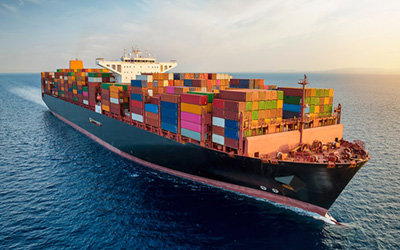 Container ships revolutionised the shipping industry by standardising cargo packaging. These vessels carry cargo in standardised containers, which makes it easier to load, unload, and transfer goods between different modes of transport.
Container ships revolutionised the shipping industry by standardising cargo packaging. These vessels carry cargo in standardised containers, which makes it easier to load, unload, and transfer goods between different modes of transport.
Containers can be stacked efficiently, optimising space reducing loading times. Container ships vary in size, with some of the largest ships able to carry over 20,000 containers. This makes them ideal for transporting manufactured goods, electronics, consumer products.
Tankers
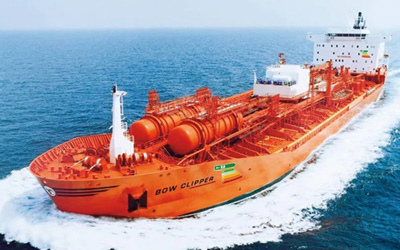 Tankers are cargo ships specifically designed for transporting liquid cargo, such as oil, chemicals, and liquefied natural gas (LNG). There are three main types of tankers:
Tankers are cargo ships specifically designed for transporting liquid cargo, such as oil, chemicals, and liquefied natural gas (LNG). There are three main types of tankers:
- Crude oil tankers for transporting unrefined oil from extraction sites to refineries
- Product tankers for carrying refined petroleum products like gasoline and diesel
- Chemical tankers for specialised chemicals requiring controlled temperatures
Tankers have complex safety systems in place to prevent spills and manage hazardous materials during transportation.
 Roll-on/Roll-off Ships (Ro-Ro Ships)
Roll-on/Roll-off Ships (Ro-Ro Ships)
Ro-Ro ships are designed to carry vehicles, machinery, and other wheeled cargo. These ships are equipped with ramps, allowing vehicles to be driven on and off the vessel easily. Ro-Ro ships are widely used in the automotive industry for transporting cars, trucks, and heavy equipment. Their design makes loading and unloading quicker than traditional cargo handling methods.
General Cargo Ships
General cargo ships are versatile vessels designed to carry a wide variety of goods. These ships are not specialised for one type of cargo but can be modified to accommodate different needs. General cargo ships typically have cranes and other equipment to facilitate the handling of various products, making them suitable for transporting anything from industrial machinery to construction materials.
Refrigerated Cargo Ships (Reefers)
Refrigerated cargo ships, or reefers, are used to transport perishable goods like fruits, vegetables, meat, and pharmaceuticals. These ships are equipped with temperature-controlled containers that maintain specific conditions to preserve the quality of the cargo. Reefers play a vital role in the global food supply chain, ensuring that goods remain fresh during long sea voyages.
 Heavy Lift Ships
Heavy Lift Ships
Heavy lift ships are designed to carry oversized or exceptionally heavy cargo, such as construction equipment, power plant components, and other industrial machinery. These ships have reinforced decks and are equipped with cranes capable of lifting extremely heavy loads. Heavy lift ships are often used for specialized projects that require the transport of unique cargo.
 Livestock Carriers
Livestock Carriers
Livestock carriers are ships designed specifically to transport animals, such as cattle, sheep, and poultry. These vessels are equipped with ventilation systems, feed storage, and waste disposal facilities to ensure the welfare of the animals during transit. Livestock carriers must comply with strict international regulations to minimise the risk of disease outbreaks and ensure the safe and humane transport of animals.
 LNG and LPG Carriers
LNG and LPG Carriers
LNG (Liquefied Natural Gas) and LPG (Liquefied Petroleum Gas) carriers are specialised vessels used to transport liquefied gas in insulated tanks at extremely low temperatures. These ships are designed to handle the unique properties of liquefied gases, which are stored under high pressure and low temperatures to maintain their liquid state. LNG and LPG carriers play a crucial role in the global energy market, facilitating the transport of gas from production areas to consumer markets.
Naval Auxiliary Cargo Ships
Naval auxiliary cargo ships are used by military forces to transport supplies, equipment, and personnel. These vessels support naval operations by providing logistical support in remote or combat zones. Naval cargo ships are often equipped with defensive systems and are capable of resupplying other ships at sea, ensuring that military operations can continue without interruption.
Environmental Impact of Cargo Ships
 Cargo ships, while essential to global trade, have a significant environmental impact. The shipping industry contributes to carbon emissions, marine pollution, and the spread of invasive species through ballast water discharge. However, efforts are being made to reduce the environmental footprint of cargo ships, including the use of cleaner fuels, more efficient engines, and improved waste management systems.
Cargo ships, while essential to global trade, have a significant environmental impact. The shipping industry contributes to carbon emissions, marine pollution, and the spread of invasive species through ballast water discharge. However, efforts are being made to reduce the environmental footprint of cargo ships, including the use of cleaner fuels, more efficient engines, and improved waste management systems.
International regulations, such as the IMO’s 2020 Sulphur Cap, are also pushing the industry towards more sustainable practices.
Future of Cargo Ships
The future of cargo ships lies in technological advancements and sustainability. Automation is expected to play a significant role, with autonomous ships potentially becoming more common in the coming decades.
In addition, eco-friendly ship designs, including electric and hybrid vessels, are being developed to reduce emissions and comply with international environmental regulations. Innovations in fuel efficiency, such as the use of liquefied natural gas (LNG) as a cleaner alternative to traditional marine fuels, will shape the next generation of cargo ships. To follow our journey to sustainable freight forwarding visit our road to net zero.
FAQ's
 Q: What are the most common types of cargo ships?
Q: What are the most common types of cargo ships?
A: The most common types of cargo ships include bulk carriers, container ships, tankers, and Ro-Ro ships. Each type is designed to handle specific types of cargo efficiently.
Q: How do container ships work?
A: Container ships transport goods in standardised containers that can be easily loaded, stacked, and unloaded. This system allows for quicker handling and better protection of cargo.
Q: What is the role of bulk carriers?
A: Bulk carriers transport large quantities of unpackaged goods like coal, iron ore, and grain. They are equipped with large cargo holds and often carry raw materials.
Q: Why are reefers important?
A: Refrigerated cargo ships, or reefers, are vital for transporting perishable goods such as fruits, vegetables, and meat. Their temperature-controlled containers ensure that products remain fresh during long voyages.
Q: How do Ro-Ro ships differ from other cargo ships?
A: Ro-Ro ships are designed for transporting vehicles and wheeled machinery. They allow cargo to be rolled on and off the ship via ramps, speeding up loading and unloading times.
Q: What is the environmental impact of cargo ships?
A: Cargo ships contribute to carbon emissions, marine pollution, and other environmental issues. However, the shipping industry is adopting greener technologies, such as cleaner fuels and more efficient engines, to reduce its impact.
SARR Logistics UK
With a legacy built on trust, backed by extensive experience, a global network, and a customer-centric approach, SARR Logistics UK emerges as the ultimate 4PL logistics partner for all your freight forwarding and supply chain needs. If you would like to know more reach out to us today and experience a seamless, efficient, and dependable shipping solution tailored to elevate your business. For further inquiries and to explore how SARR Logistics UK can help you contact our team today.


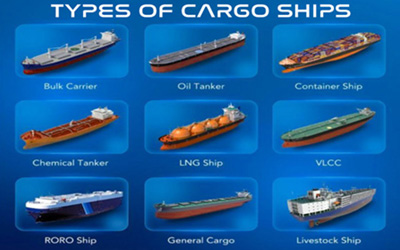
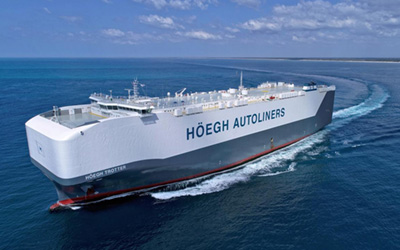 Roll-on/Roll-off Ships (Ro-Ro Ships)
Roll-on/Roll-off Ships (Ro-Ro Ships)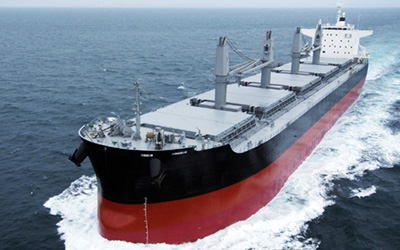 Heavy Lift Ships
Heavy Lift Ships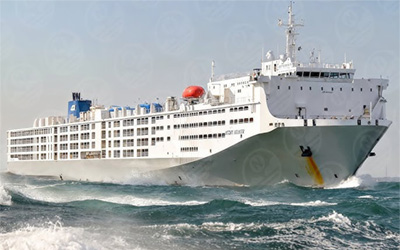 Livestock Carriers
Livestock Carriers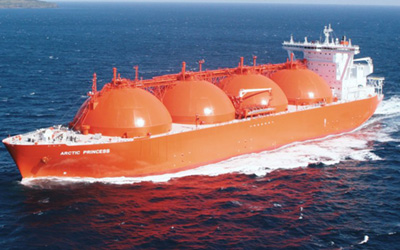 LNG and LPG Carriers
LNG and LPG Carriers



